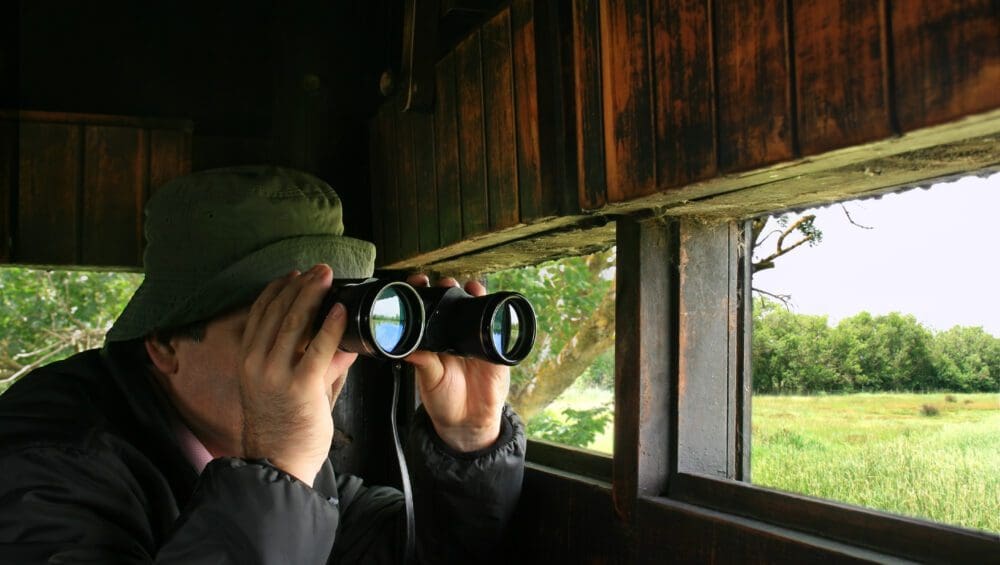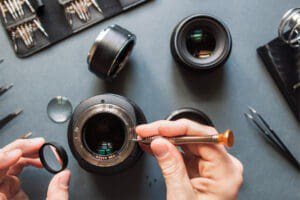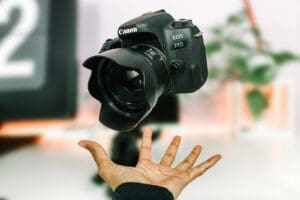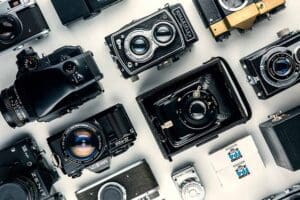
The top 7 tips when it comes to choosing binoculars
Binoculars are versatile optical devices that enhance our ability to see and experience the world around us. Whether you’re an avid birdwatcher, a nature enthusiast, a sports spectator, or a traveler, selecting the right pair of binoculars is crucial for an immersive and enjoyable viewing experience. With so many options available in the market, it can be overwhelming to make the right choice. In this blog post, we will provide you with the top seven tips to consider when choosing binoculars, ensuring that you find the perfect pair for your needs.
Determine Your Purpose
First and foremost, identify the primary purpose for which you will be using the binoculars. Different activities require specific features and specifications. For example, birdwatching enthusiasts may prioritize image clarity and field of view, while stargazers might focus on light-gathering capabilities. Understanding your intended use will help you narrow down your options and make an informed decision.
Consider Magnification and Objective Lens Size
Binoculars are typically described by two numbers, such as 8×42 or 10×50. The first number represents the magnification power, indicating how many times closer the subject will appear. Higher magnification isn’t always better, as it can result in a narrower field of view and shakier images. The second number refers to the diameter of the objective lenses in millimeters. Larger objective lenses allow more light to enter, resulting in brighter images, but they can make the binoculars heavier and bulkier. Strike a balance between magnification and objective lens size based on your specific needs.
Evaluate Optical Quality
Optical quality is a critical factor in determining the performance of binoculars. Look for features such as high-quality lenses, anti-reflective coatings, and prisms that ensure excellent light transmission and minimize glare. Consider binoculars with a higher number of lens elements for better color accuracy and reduced distortion. Additionally, test the binoculars in different lighting conditions to assess their brightness, clarity, and overall image quality. Remember, investing in superior optical quality will significantly enhance your viewing experience.
Check the Field of View
The field of view (FOV) is the width of the area visible through the binoculars at a specific distance. A wider FOV allows you to see more of the scene, making it easier to track moving subjects or observe a broader landscape. However, higher magnification can result in a narrower FOV. Consider your intended use—wide FOV for activities like birdwatching or sports, and narrower FOV for long-distance observations—and choose binoculars accordingly.
Test for Comfort and Ergonomics
Since you’ll be using binoculars for extended periods, comfort and ergonomics are crucial factors to consider. Ensure that the binoculars have an appropriate interpupillary distance (the distance between the lenses) that matches your eye spacing. Look for a comfortable grip, adjustable eyecups, and a lightweight design that won’t strain your hands or neck. Ergonomic features such as a non-slip coating, easy-to-reach focus wheel, and smooth adjustments will enhance your overall viewing experience.
Consider Durability and Weather Resistance
Binoculars are often exposed to various environmental conditions, so durability and weather resistance are essential. Look for models with a rugged construction, preferably with a rubber armor coating for shock absorption and a secure grip. Opt for binoculars that are waterproof and fog-proof, ensuring they can withstand moisture, rain, and temperature changes. This way, you can confidently use your binoculars in diverse weather conditions and challenging terrains.
Set a Realistic Budget
Finally, determine your budget based on your needs and expectations. Binoculars range in price from budget-friendly options to high-end models. While higher-priced binoculars often offer better optical quality and features, there are excellent options available for different budgets. It’s essential to find a balance between your requirements and what you can afford. Consider investing in a quality pair that will serve you well in the long run, rather than compromising on optical performance and durability.
Choosing the right binoculars can significantly enhance your outdoor experiences, whether it’s observing wildlife, enjoying sports events, or exploring the night sky. By considering factors such as purpose, magnification, optical quality, field of view, comfort, durability, weather resistance, and budget, you can make an informed decision when selecting your binoculars. Remember to test different models whenever possible to find the perfect fit for your needs. With the right pair of binoculars in hand, you’ll embark on countless adventures and discover a whole new world of close-up wonders.











